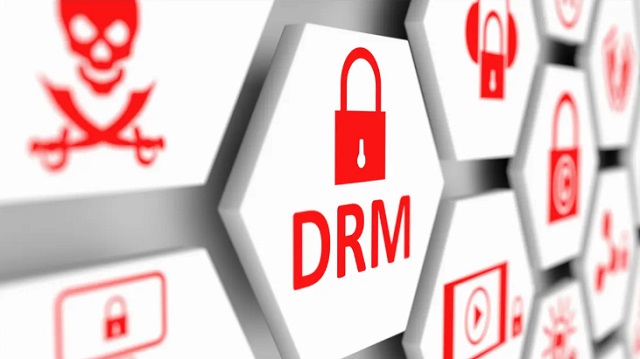Video content is being consumed on a wide range of devices and platforms, making it essential for content owners to distribute their content across multiple platforms. However, with this increased distribution comes the risk of piracy and unauthorized use of content.
This is where video watermarking and digital rights management (DRM) service come in, providing protection for multi-device and multi-platform content distribution.
Video Watermarking for Multi-Device and Multi-Platform Content Distribution
Video watermarking is a technology used to protect digital video content from piracy by embedding a unique identifier into the video itself. This identifier can be used to track the source of the content and identify any unauthorized copies. With multi-device and multi-platform content distribution, video watermarking ensures that the content is protected, no matter where it is viewed.
One of the advantages of video watermarking is that it does not require any additional hardware or software on the viewer's device. This means that the content owner can protect their content without requiring the viewer to install any additional software or hardware. As a result, video watermarking can be used to protect content across a wide range of devices and platforms.
Digital Rights Management (DRM) Service for Multi-Device and Multi-Platform Content Distribution
Digital rights management (DRM) service is another technology used to protect digital video content from piracy. DRM service uses encryption to protect the content and ensure that it can only be viewed by authorized viewers. This technology is particularly useful for multi-device and multi-platform content distribution as it can ensure that the content is only accessible on authorized devices.
One of the advantages of DRM service is that it allows content owners to control how their content is distributed and viewed. This means that they can set restrictions on the number of times the content can be viewed, the devices it can be viewed on, and the time period in which it can be viewed. With this level of control, content owners can ensure that their content is being used appropriately and not being illegally distributed.
Choosing the Right Video Watermarking and DRM Service for Multi-Device and Multi-Platform Content Distribution
When choosing a video watermarking and DRM service for multi-device and multi-platform content distribution, it is important to consider a number of factors. These include:
- Compatibility: The video watermarking and DRM service should be compatible with the devices and platforms on which the content will be distributed.
- Security: The video watermarking and DRM service should provide robust security to protect the content from piracy.
- Control: The video watermarking and DRM service should allow content owners to have control over how their content is distributed and viewed.
- User Experience: The video watermarking and DRM service should not negatively impact the user experience for authorized viewers.
- Cost: The video watermarking and DRM service should be cost-effective and provide value for money.
Conclusion
Video watermarking and DRM service are essential technologies for protecting digital video content from piracy in multi-device and multi-platform content distribution. While video watermarking is a useful technology for embedding a unique identifier into the content, DRM service provides robust encryption to ensure that the content can only be viewed by authorized viewers. When choosing a video watermarking and DRM service for multi-device and multi-platform content distribution, it is important to consider factors such as compatibility, security, control, user experience, and cost to ensure that the service provides value for money and meets the needs of the content owner.


Post a Comment